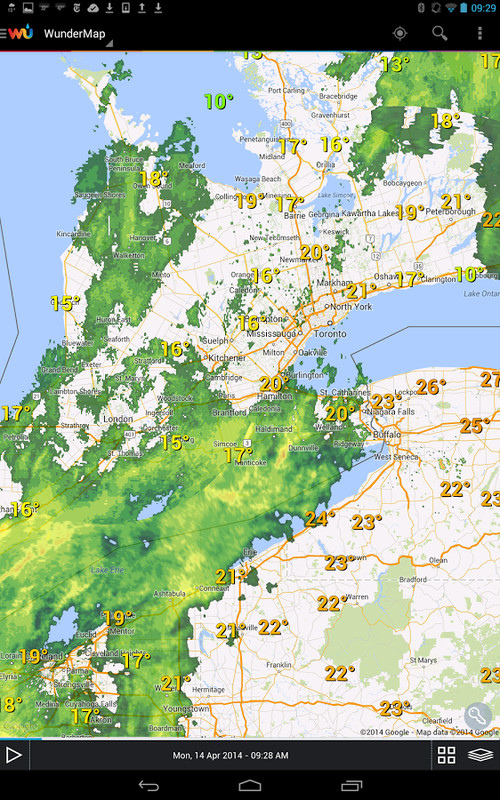

Add your own HTML5 videos to the modal popup. load the core style sheet videopopup.css in the header section to style the video popup. Load the latest version of jQuery JavaScript library (Slim build is recommended) and the jQuery videopopup.js script in the html page.


ffprobe coffee_sliding_ytdlp.mp4 2>&1 | grep Durationĭuration: 00:00:07.02, start: 0.000000, bitrate: 1563 kb/sĪgain, with all caveats of "just one test", this is 76x more accurate. The yt-dlp downloaded file was 7.02 seconds long (off by 0.02s). The youtube-dl downloaded file was 8.52 seconds long (off by 1.52s). I compared the extracted clips produced above against the expected duration (37s-44s = 7s duration). Result: yt-dlp was 76x more accurate than youtube-dlĪ faster method is not necessarily better if the result is worse in its accuracy.

So you need to use parameterized constructor to differentiate the times. wq at any timeincluding after E-v1.js has loaded and expect it to be. I imagine the factor could change for different circumstances, but it's a promising signal. startTime1 new Time () stopTime1 new Time () you are initializing start & stop time using default constructor where default constructor which returns start and stop time as zero hence you get output also zero. The Wistia video player has a JavaScript API which supports a number of ways to. So by that simple benchmark it's 20 times faster! Then I ran it the way I'm suggesting, using yt-dlp: time yt-dlp -f best -download-sections "*0:00:37-0:00:44" -force-keyframes-at-cuts Result: yt-dlp was 20x faster than youtube-dlįor benchmarking, I ran the other answer's example below: time ffmpeg -ss 00:00:37 -to 00:00:44 -i "$(youtube-dl -f best -get-url '')" -c:v copy -c:a copy coffee_sliding.mp4 I also passed the -extract-audio -audio-format mp3 options and checked the true length of the resulting file with ffprobe: ffprobe extracted_clip.mp3 2>&1 | grep Durationĭuration: 00:00:30.02, start: 0.023021, bitrate: 68 kb/s Its timing is accurate ("albeit slower") when given the -force-keyframes-at-cuts option: yt-dlp -download-sections "*1:00:00-1:00:30" -force-keyframes-at-cuts
Videolightbox start stop time download#
youtube-dl Download Range: Great discussion of the possibilities, some a little misguided :).I have tested this extensively with YouTube and all works well on my own system. -t 00:00:30: This specifies the duration of the encode, in this case 30 seconds only.Enter the start time, stop time and video file location like this: EXTVLCOPT:start-time28. This is slower and less efficient than placing the seek options before the input file ( input seeking) but works better in this example (in particular when copying audio and video streams) Here are the steps to create a playlist to tell VLC to mark and play media files: Open up your notepad or any other plain text editor. -ss 00:00:10: Placed after the input file this encodes and discards samples up until the 10 second mark.set the alarm desired by using the TIME SET buttons, then press START/STOP. For time-out periods, press START/STOP to stop timing. The 2 sections which govern the clip start and end in this example are: To start the stopwatch simply press START/STOP. One fairly basic technique is the following one liner which works well enough on my system with a YouTube clip: ffmpeg -i $(youtube-dl -f 18 -get-url ) \ There is indeed a plethora of techniques available online to accomplish this.


 0 kommentar(er)
0 kommentar(er)
